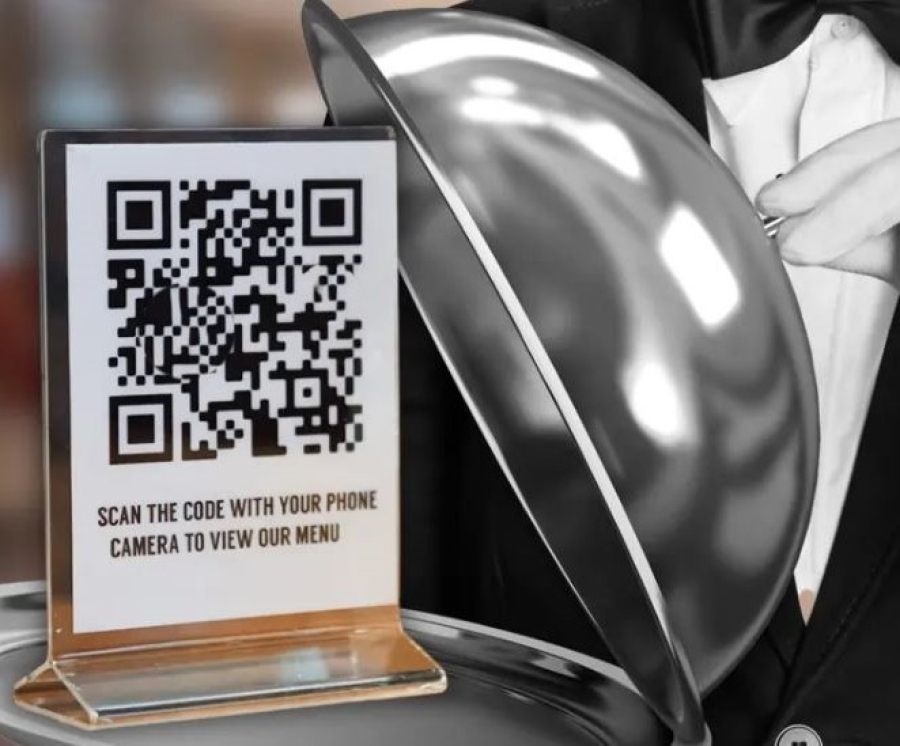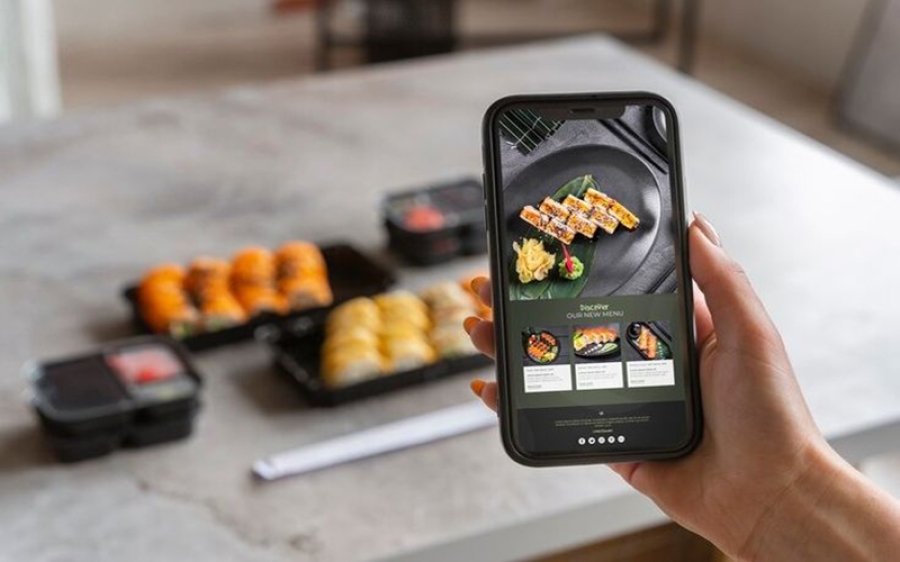QR Codes – Replacing restaurant menus for good?
In the ever-evolving landscape of the restaurant industry, the use of QR codes as a means to replace traditional menus has sparked a significant debate. This innovative technology offers a myriad of benefits, from enhancing customer experience to streamlining operations, but it also raises concerns about accessibility and inclusivity. This comprehensive blog post will delve into the pros and cons of QR codes in restaurant menus, exploring their impact on both the dining experience and the industry as a whole.
The Rise of QR Codes in Restaurants
QR codes have emerged as a popular tool in the restaurant industry, offering a digital alternative to traditional paper menus. This shift has been accelerated by the COVID-19 pandemic, which has necessitated the adoption of contactless dining experiences to mitigate the spread of the virus. The adoption of QR code-based menus has been met with mixed reactions, with some diners expressing a preference for digital menus over traditional paper ones, as highlighted by a study by Hospitality Technology, which found that 37% of diners prefer restaurants without a paper menu .
Pros of QR Codes in Restaurant Menus
Enhanced Customer Experience: QR codes allow diners to access menus, place orders, and pay bills without the need for physical interaction with waitstaff. This not only enhances the dining experience by reducing the spread of germs but also streamlines the ordering process, making it more efficient for both the restaurant and the customer
Additional Information Accessibility: QR codes can be used to provide diners with additional information about the food, such as nutritional content or allergy warnings. This feature is particularly beneficial for customers with dietary restrictions or preferences
Efficiency and Profitability: The use of QR code menus can lead to increased efficiency in restaurant operations, as it reduces the need for physical menu distribution and storage. This can also contribute to higher profitability by minimizing waste and reducing operational costs
Cons of QR Codes in Restaurant Menus
Accessibility Concerns: One of the primary criticisms of QR code menus is their potential to exclude diners who do not have smartphones or who have visual or dexterity impairments. This can lead to a less inclusive dining experience, as not all customers may be able to access the menu or place orders digitally
Dependence on Technology: The reliance on smartphones for accessing QR codes means that customers without access to a smartphone or those who are not comfortable using digital technology may be disadvantaged. This could potentially lead to a divide in the dining experience, with some customers feeling excluded or left behind
Lack of Personal Touch: Traditional paper menus often provide a sense of personal touch and connection between the customer and the restaurant. The digital nature of QR code menus may not offer the same level of personal interaction, which some customers value
Balancing the Pros and Cons
While QR codes offer numerous benefits, it's crucial for restaurant owners and operators to weigh these against the potential drawbacks. One approach is to offer both digital and traditional menu options, catering to a wider range of customer preferences and needs. This can be achieved by printing copies of QR code menus for guests who prefer a physical menu or who do not have access to digital technology
Conclusion
The adoption of QR codes in restaurant menus represents a significant shift in the dining experience, offering both opportunities and challenges. While QR codes can enhance efficiency, profitability, and customer experience, it's essential to consider the potential impact on accessibility and inclusivity. By carefully balancing the benefits and drawbacks, restaurant owners can leverage QR codes to create a more engaging and convenient dining experience for their customers, while also ensuring that all guests are able to enjoy the culinary offerings.
In the future, the restaurant industry will likely continue to evolve, with technology playing a pivotal role in shaping the dining experience. As such, it's crucial for restaurant operators to stay informed about the latest trends and technologies, and to adapt their strategies accordingly to ensure they remain competitive and relevant in the ever-changing landscape of the dining industry.








